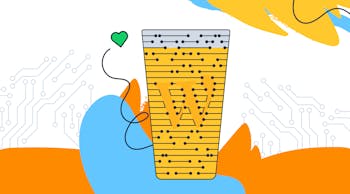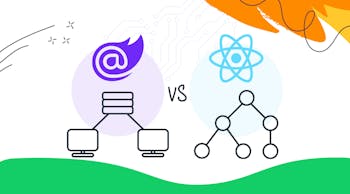After running the gauntlet of development, bug fixes, design, bug fixes, merge conflicts, and, well, even more bug fixes, you’re finally ready to release your dream app to the world.
That’s so exciting! And should be cause for major celebration. But before we bust out the champagne, there’s one crucial step that still needs to be completed: submitting your app to The App Store.
With over two million apps (and counting) now in the iOS app store, entering such a crowded market isn’t as easy peasy as it once was. Apple’s approval process has also changed to match the ever-growing demand, becoming even more rigorous and strict.
The bottom line is that your app will be reviewed by different people at different times, each with a slightly different perspective and opinion. We always tell our clients that getting the app through the approval process is the part over which we have the least control. If you go into the process expecting at least one rejection for something you missed, you may be pleasantly surprised.
Not to worry, though!
We’ve compiled a list of the top 12 most common pitfalls of submitting your app to The App Store to help you avoid app store rejection and gain that beautiful checkmark of approval.
Technical Reasons for App Store Rejection
There are generally two categories of reasons why The App Store could reject your app. We’re first going to talk about some of the technical reasons.
1. Bugs and System Failures










